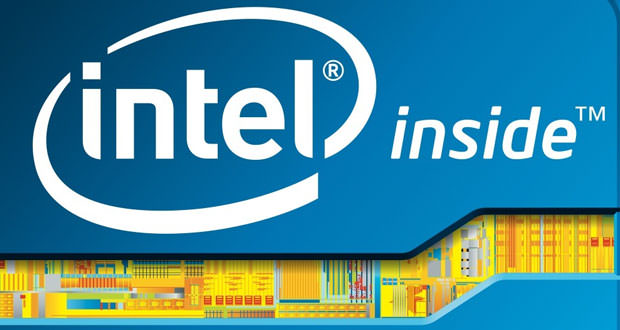Faster antivirus scans thanks to integrated GPUs on Intel processors
Thanks to Accelerated Memory Scanning technology, Intel promises to reduce processor occupancy rates during in-memory virus scanning – all thanks to integrated GPUs.
Intel has announced Accelerated Memory Scanning or AMS technology, which significantly reduces the impact of its system’s antivirus scan operations using the Core family’s processors from the sixth generation up to the eighth, the most recent on the market. The operating logic is to exploit the integrated GPU component in these processors to make it run, and not to the CPU, the scan and detection of memory-based malware.
According to the indications provided by Intel, the use of this new technology would have allowed to obtain a reduction in the percentage of CPU occupancy during the system scan operations from the previous 20% to the current 2% (but we do not know the specific details of how these measurements were detected).
Microsoft has already announced the implementation of AMS technology support within its Windows Defender Advanced Threat Protection, with a release scheduled for the end of April; other security solutions manufacturers will follow shortly.
The Accelerated Memory Scanning technology is included within what Intel indicates with the name of Threat Detection Technology, completed by the Advanced Platform Telemetry or APT. The latter combines a system of constant monitoring of the platform with machine learning algorithms, with the aim of identifying previously potential risks for the safety of the platform. Cisco is the first company to implement Threat Detection Technology in its Tetration security platform.
As a corollary of all this, we also find the initiative Intel Security Essentials, with which the American company aims to develop a framework that can standardize the security features integrated into the various versions of Intel processor. In the long run, this initiative aims to provide a basis of practices and security solutions that will be shared among all the products developed by Intel, so that it can be clearer for customers and partners which features have been implemented and how to develop secure applications that on these lean on them.

